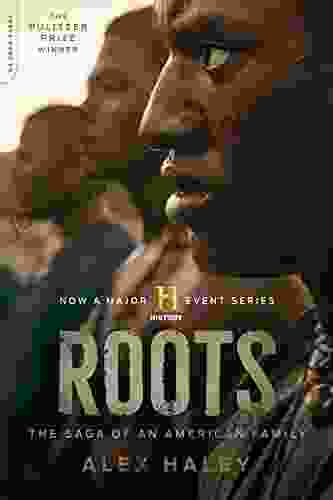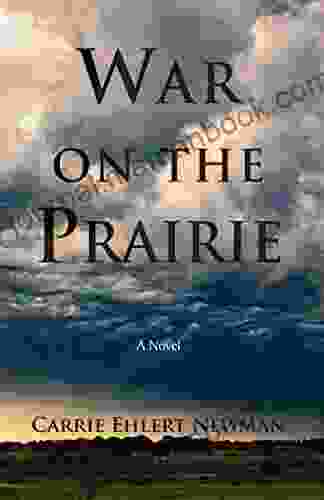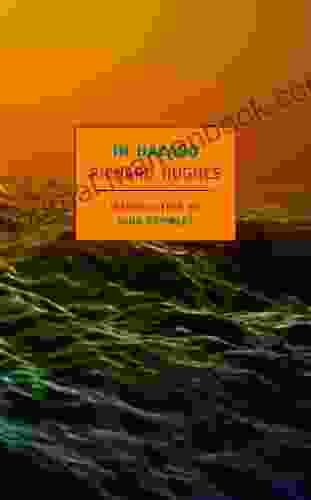Music in Welsh Culture: A Pre-1650 Exploration of Its Rich Tapestry

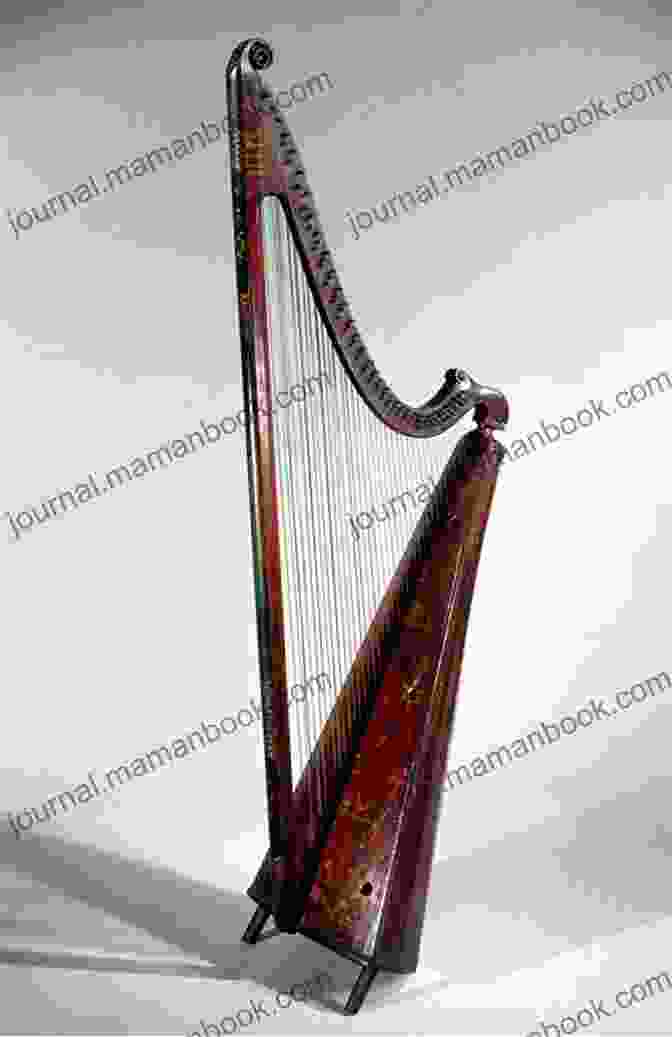
Music has played an integral role in Welsh culture for centuries, shaping its traditions, ceremonies, and social fabric. Before the year 1650, Wales boasted a vibrant and diverse musical landscape, influenced by Celtic roots, medieval courtly music, and the rise of the bardic tradition. This article will delve into the rich tapestry of music in Wales prior to 1650, exploring its historical evolution, instruments, and cultural significance.
4.1 out of 5
| Language | : | English |
| File size | : | 2083 KB |
| Text-to-Speech | : | Enabled |
| Screen Reader | : | Supported |
| Enhanced typesetting | : | Enabled |
| Print length | : | 1104 pages |
| Lending | : | Enabled |
| Hardcover | : | 462 pages |
| Item Weight | : | 1 pounds |
| Dimensions | : | 6.14 x 1 x 9.21 inches |
Celtic Origins and the Triple Harp
The origins of Welsh music can be traced back to the pre-Christian Celtic era, where music held a profound spiritual and communal importance. The triple harp, known as the telyn deires, emerged as a defining symbol of Welsh musical identity. This complex instrument, with its three rows of strings, allowed for intricate and expressive melodies. The harp was not merely a musical tool but an object of great reverence, often adorned with elaborate carvings and considered a symbol of power and sovereignty.
Medieval Courtly Music
During the medieval period, Wales experienced significant cultural exchange with neighboring England and continental Europe. This interaction led to the adoption of courtly music, a genre popular in noble and royal settings. Welsh musicians embraced instruments such as the lute, vielle, and recorders, and incorporated elements of polyphony and elaborate ornamentation into their compositions. The repertoire included both secular and religious pieces, ranging from courtly dances to pious hymns.
The Rise of the Bards
From the 12th century onwards, Wales witnessed the flourishing of the bardic tradition. Bards were professional poets, musicians, and historians who played a pivotal role in preserving and transmitting Welsh culture. They composed and performed intricate verses known as cywyddau, often accompanied by music. Bards held a respected position in society, and their performances were central to public gatherings, feasts, and competitions.
Instrumental Music and Dance
In addition to the harp and other string instruments, a variety of percussion and wind instruments were also prevalent in Welsh music. Drums, cymbals, and pipes played an integral role in rhythmic accompaniment and dance music. Welsh dance forms, such as the pibgorn (pipe dance) and the clogau (wooden clogs dance),were energetic and lively, often featuring intricate footwork and syncopated rhythms.
Ceremonial and Ritual Music
Music permeated all aspects of Welsh life, including religious ceremonies, seasonal festivals, and communal rituals. The eisteddfod, a Welsh cultural festival dating back to the medieval period, was a showcase for poets, musicians, and other artists. During these gatherings, music served as a means of storytelling, preserving history, and fostering a sense of community.
Social and Cultural Significance
Music in pre-1650 Wales held immense social and cultural significance. It provided entertainment, fostered communal bonds, and played a vital role in preserving the Welsh language and traditions. Musicians were highly respected members of society, and their skills were passed down from generation to generation through apprenticeships and oral transmission. Music was deeply intertwined with Welsh identity, serving as a symbol of national pride and a source of cultural continuity.
Preservation and Legacy
Despite the challenges faced by Welsh music during the 17th and 18th centuries, its rich legacy has endured. The harp remains a beloved national symbol, and many Welsh musical traditions have been revived in recent times. Welsh choirs, both male and female, have gained international renown for their exceptional vocal abilities, and contemporary Welsh musicians continue to draw inspiration from their cultural roots.
The musical landscape of Wales before 1650 was a tapestry of Celtic origins, medieval courtly influences, and the vibrant bardic tradition. The triple harp, instrumental music, dance, and ceremonial music played integral roles in the cultural fabric of the nation. From the intricate melodies of the harp to the energetic rhythms of dance, music served as a means of expression, preservation, and social cohesion. The legacy of Welsh music continues to resonate today, inspiring musicians, scholars, and cultural enthusiasts alike.
4.1 out of 5
| Language | : | English |
| File size | : | 2083 KB |
| Text-to-Speech | : | Enabled |
| Screen Reader | : | Supported |
| Enhanced typesetting | : | Enabled |
| Print length | : | 1104 pages |
| Lending | : | Enabled |
| Hardcover | : | 462 pages |
| Item Weight | : | 1 pounds |
| Dimensions | : | 6.14 x 1 x 9.21 inches |
Do you want to contribute by writing guest posts on this blog?
Please contact us and send us a resume of previous articles that you have written.
 Top Book
Top Book Novel
Novel Fiction
Fiction Nonfiction
Nonfiction Literature
Literature Paperback
Paperback Hardcover
Hardcover E-book
E-book Audiobook
Audiobook Bestseller
Bestseller Classic
Classic Mystery
Mystery Thriller
Thriller Romance
Romance Fantasy
Fantasy Science Fiction
Science Fiction Biography
Biography Memoir
Memoir Autobiography
Autobiography Poetry
Poetry Drama
Drama Historical Fiction
Historical Fiction Self-help
Self-help Young Adult
Young Adult Childrens Books
Childrens Books Graphic Novel
Graphic Novel Anthology
Anthology Series
Series Encyclopedia
Encyclopedia Reference
Reference Guidebook
Guidebook Textbook
Textbook Workbook
Workbook Journal
Journal Diary
Diary Manuscript
Manuscript Folio
Folio Pulp Fiction
Pulp Fiction Short Stories
Short Stories Fairy Tales
Fairy Tales Fables
Fables Mythology
Mythology Philosophy
Philosophy Religion
Religion Spirituality
Spirituality Essays
Essays Critique
Critique Commentary
Commentary Glossary
Glossary Bibliography
Bibliography Index
Index Table of Contents
Table of Contents Preface
Preface Introduction
Introduction Foreword
Foreword Afterword
Afterword Appendices
Appendices Annotations
Annotations Footnotes
Footnotes Epilogue
Epilogue Prologue
Prologue Jordan H J Lloyd
Jordan H J Lloyd Alex Gerlis
Alex Gerlis Vivian Arend
Vivian Arend Rhonda Sherman
Rhonda Sherman Laurie Zaleski
Laurie Zaleski Hamid Majid Abbasi
Hamid Majid Abbasi Alex Gadd
Alex Gadd Katsuo Yamazaki
Katsuo Yamazaki Rebecca Chastain
Rebecca Chastain Elizabeth Delisi
Elizabeth Delisi Khyiah Angel
Khyiah Angel Zia Allaway
Zia Allaway Mindy Kaling
Mindy Kaling Brian Osbourn
Brian Osbourn L Elizabeth Forry
L Elizabeth Forry Einat Admony
Einat AdmonyJohn Spreincer Mckellyanne Huckamucci
 Sally Harper
Sally Harper Life Changing Ebooks
Life Changing Ebooks Richard Turbet
Richard Turbet
Light bulbAdvertise smarter! Our strategic ad space ensures maximum exposure. Reserve your spot today!
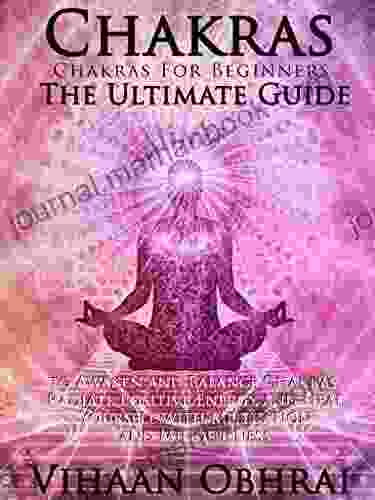
 Arthur Conan DoyleThe Ultimate Guide to Awaken and Balance Chakras for Positive Energy and...
Arthur Conan DoyleThe Ultimate Guide to Awaken and Balance Chakras for Positive Energy and... Charles BukowskiFollow ·19.6k
Charles BukowskiFollow ·19.6k Terry PratchettFollow ·4k
Terry PratchettFollow ·4k F. Scott FitzgeraldFollow ·8.1k
F. Scott FitzgeraldFollow ·8.1k H.G. WellsFollow ·3.2k
H.G. WellsFollow ·3.2k Evan SimmonsFollow ·9.5k
Evan SimmonsFollow ·9.5k Forrest BlairFollow ·15.2k
Forrest BlairFollow ·15.2k Octavio PazFollow ·16.3k
Octavio PazFollow ·16.3k Roger TurnerFollow ·15.3k
Roger TurnerFollow ·15.3k
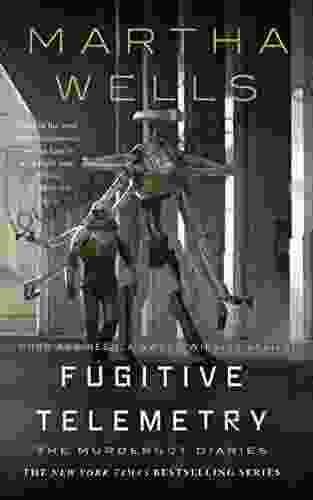
 Alexandre Dumas
Alexandre DumasFugitive Telemetry: Unraveling the Secrets of the...
In the realm of...

 Caleb Carter
Caleb CarterBlack Clover Vol 25: Humans and Evil - A Journey into the...
Unveiling the Sinister Forces Black...

 Israel Bell
Israel BellHow to Make Offers So Good People Feel Stupid Saying No
In today's competitive business environment,...

 Simon Mitchell
Simon MitchellWrath of Hades: The Children of Atlantis
An Epic Tale of...

 Percy Bysshe Shelley
Percy Bysshe ShelleyStrengthen Your Immune System: Fight Off Infections,...
What is the...

 Clark Bell
Clark Bell10 Things I Wish Someone Had Told Me Earlier
As we navigate through life, we accumulate a...
4.1 out of 5
| Language | : | English |
| File size | : | 2083 KB |
| Text-to-Speech | : | Enabled |
| Screen Reader | : | Supported |
| Enhanced typesetting | : | Enabled |
| Print length | : | 1104 pages |
| Lending | : | Enabled |
| Hardcover | : | 462 pages |
| Item Weight | : | 1 pounds |
| Dimensions | : | 6.14 x 1 x 9.21 inches |



